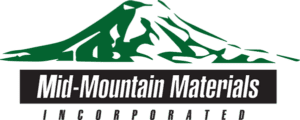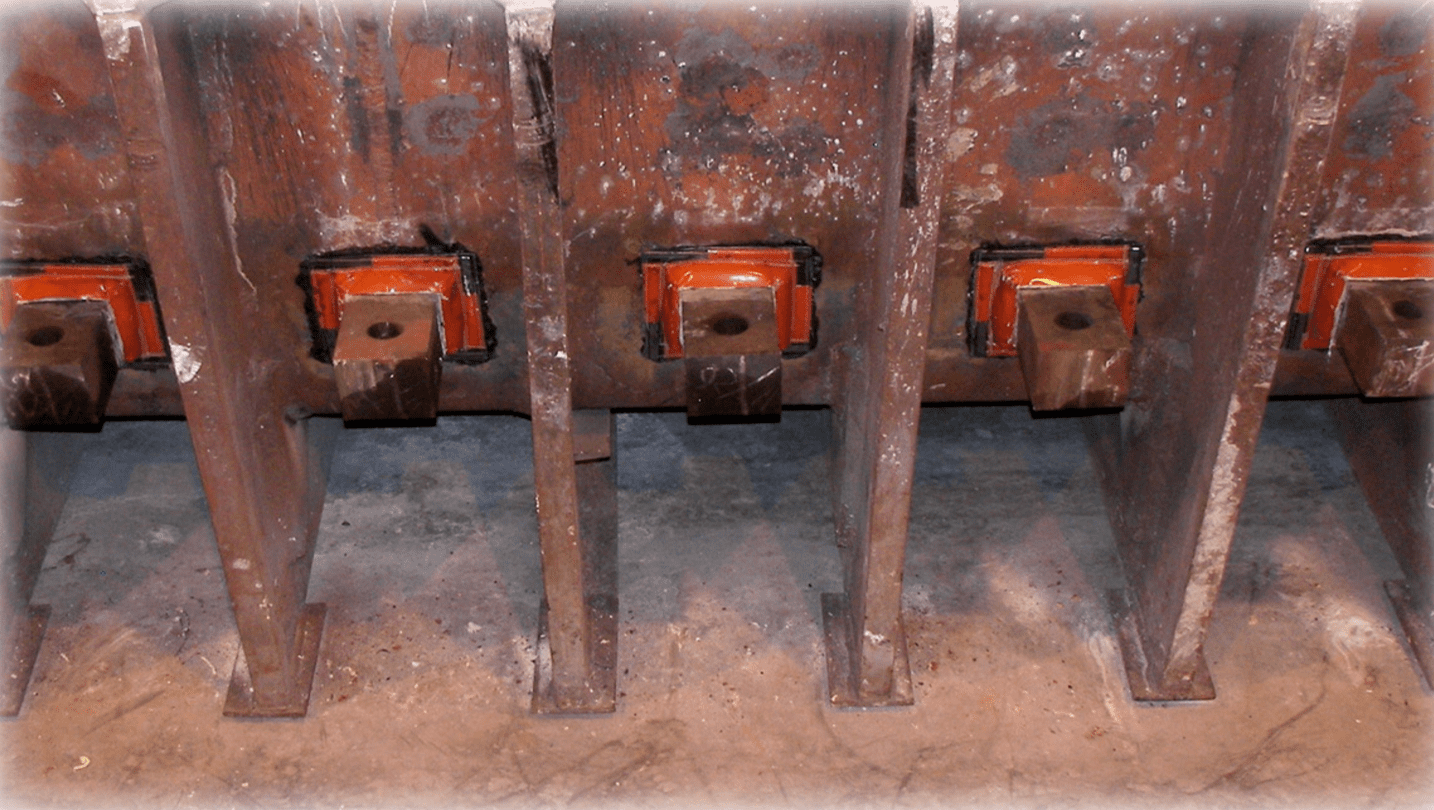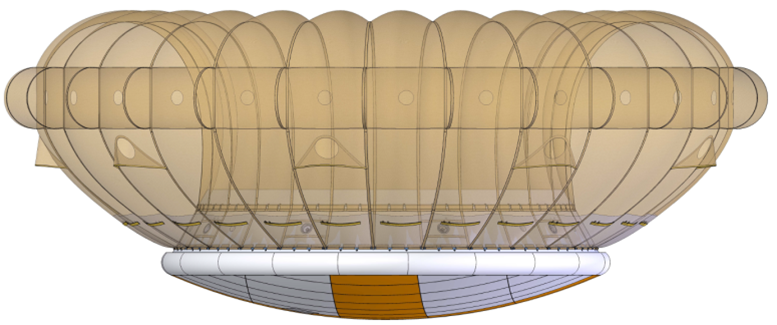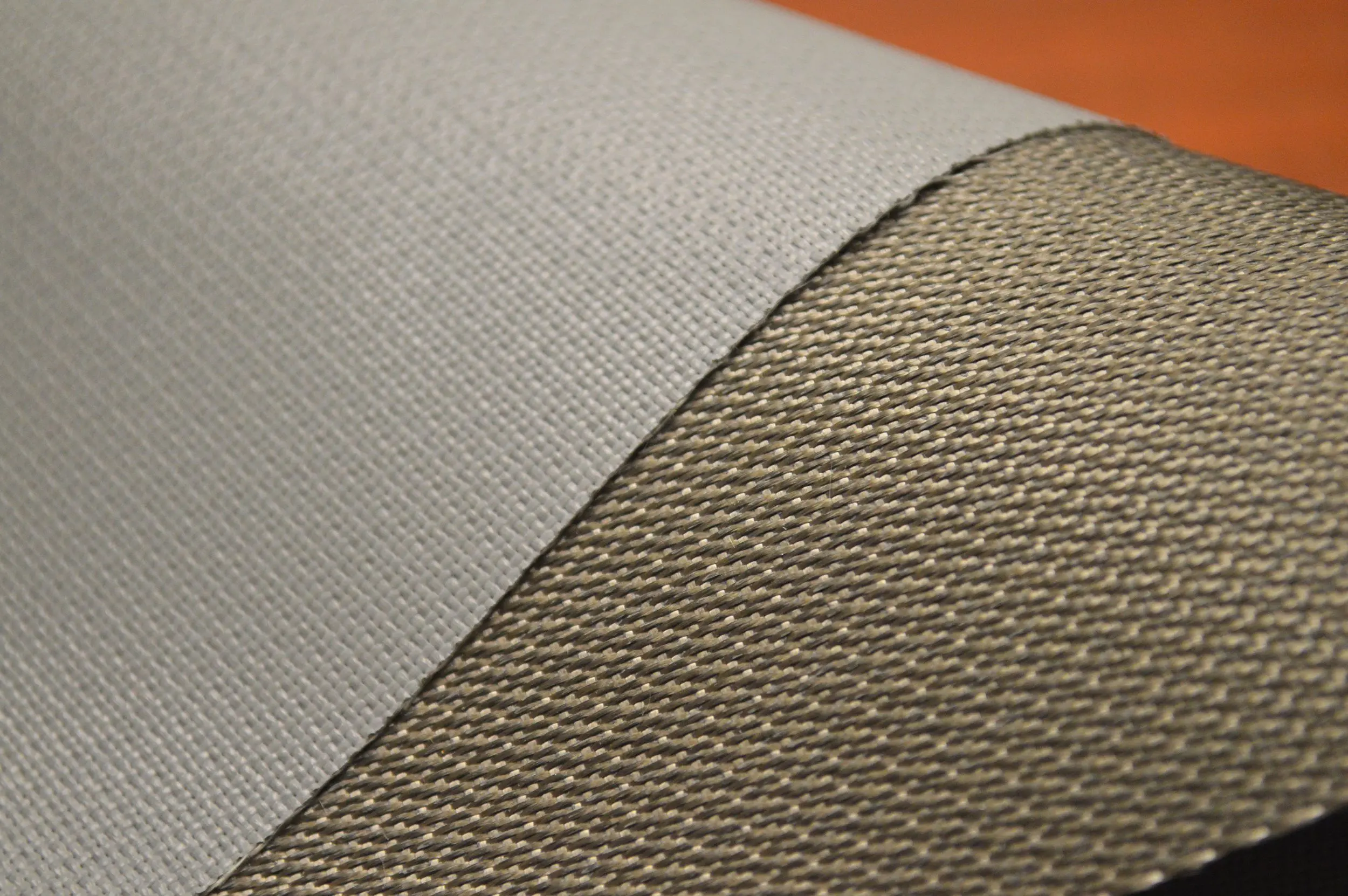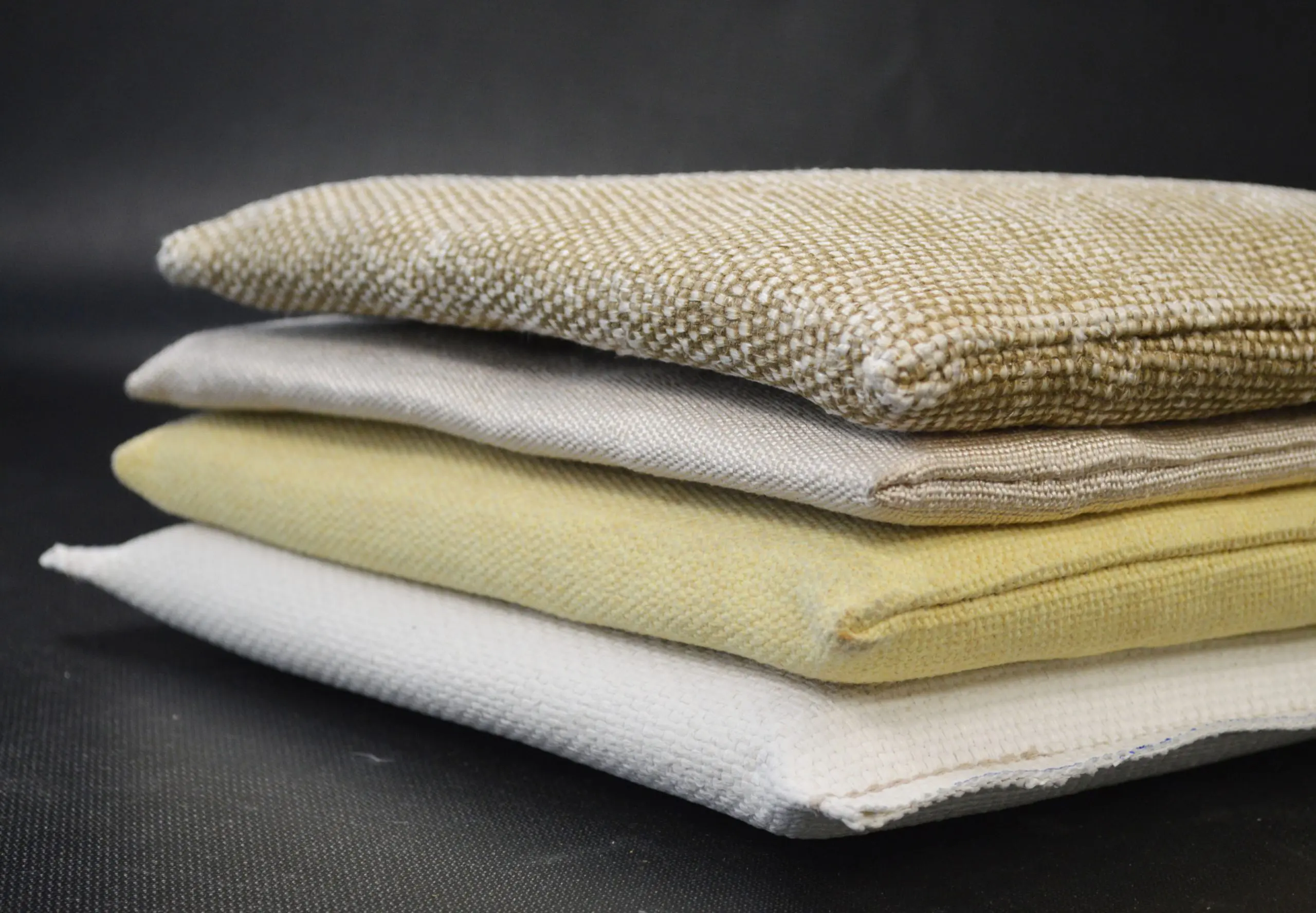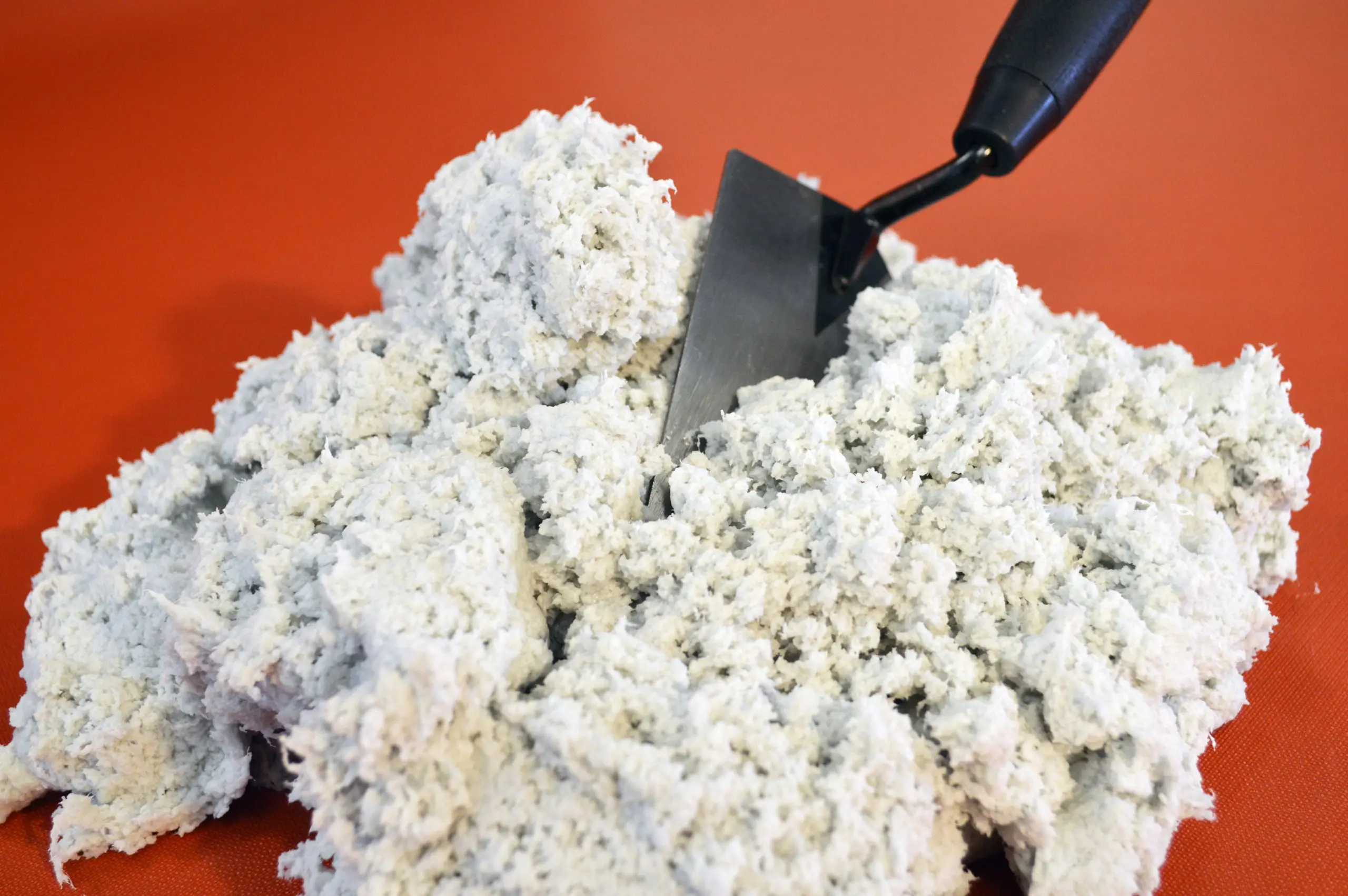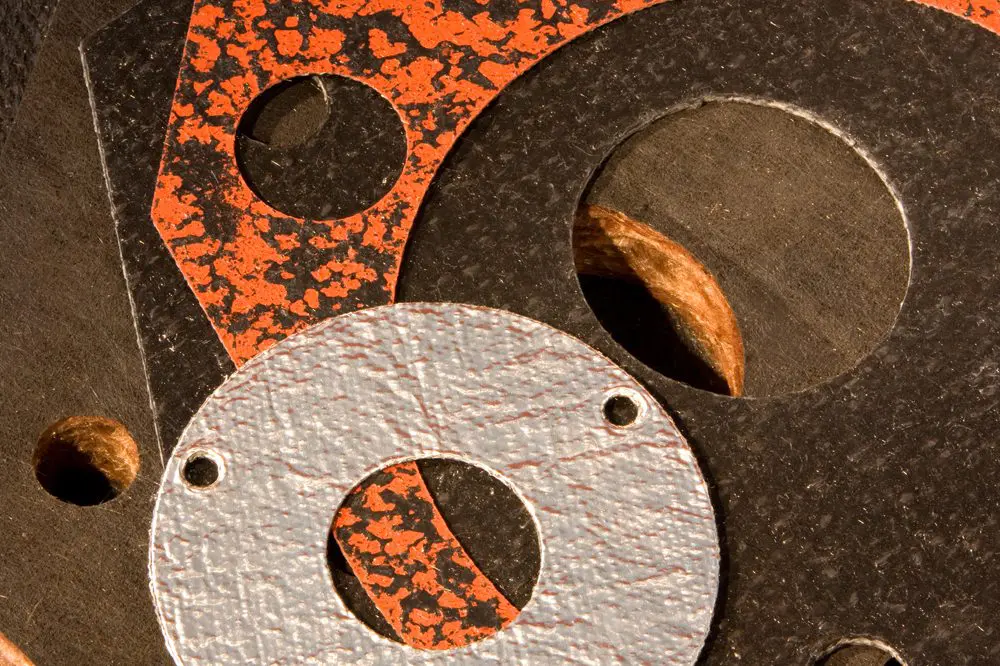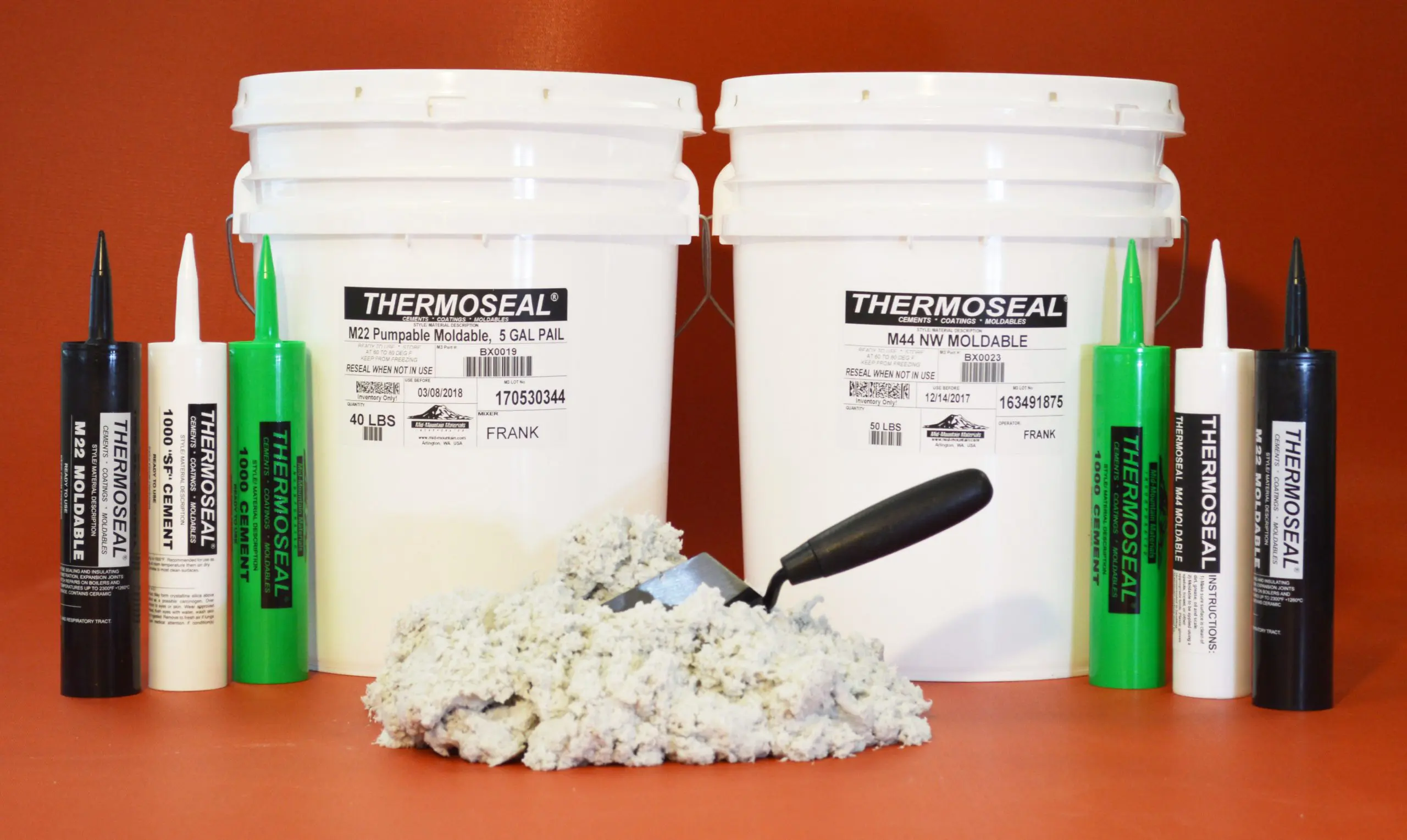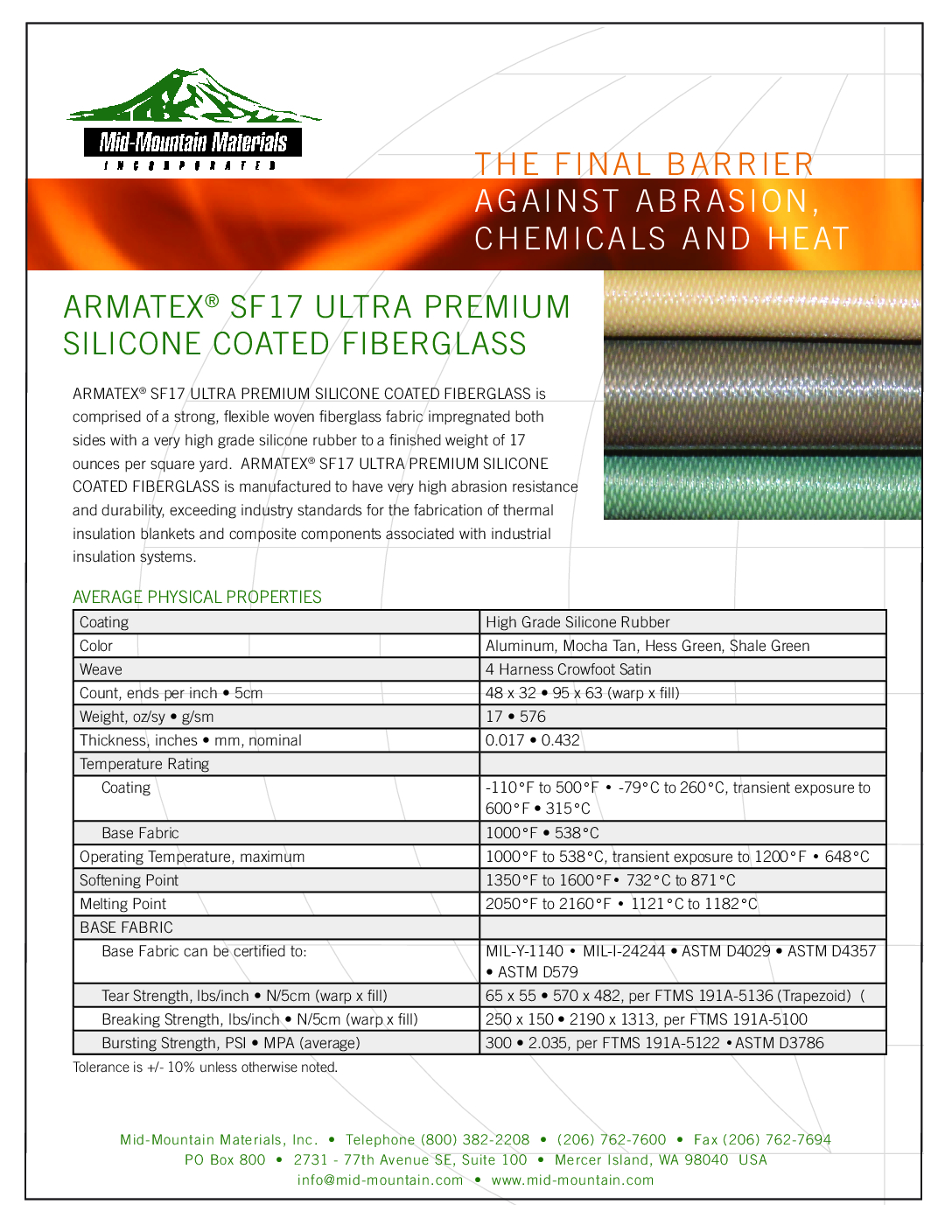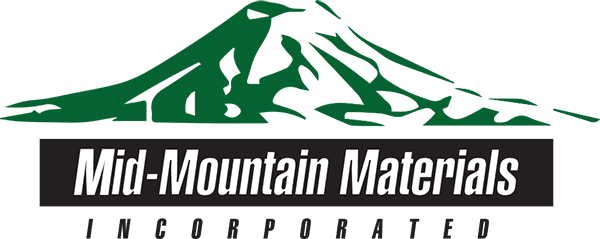Insulation Materials: What are External Cathode Bar Seal Boots?
Primary aluminum smelting is conducted according to the Hall-Héroult process, which describes the reduction of oxidized aluminum (Al2O3) through electrolysis occurring within an industrial cell. The cell comprises a salt bath where liquidized aluminum is extracted from molten mixtures of alumina and cryolite using electrodes engineered from coke. These components penetrate the walls of the [...]
